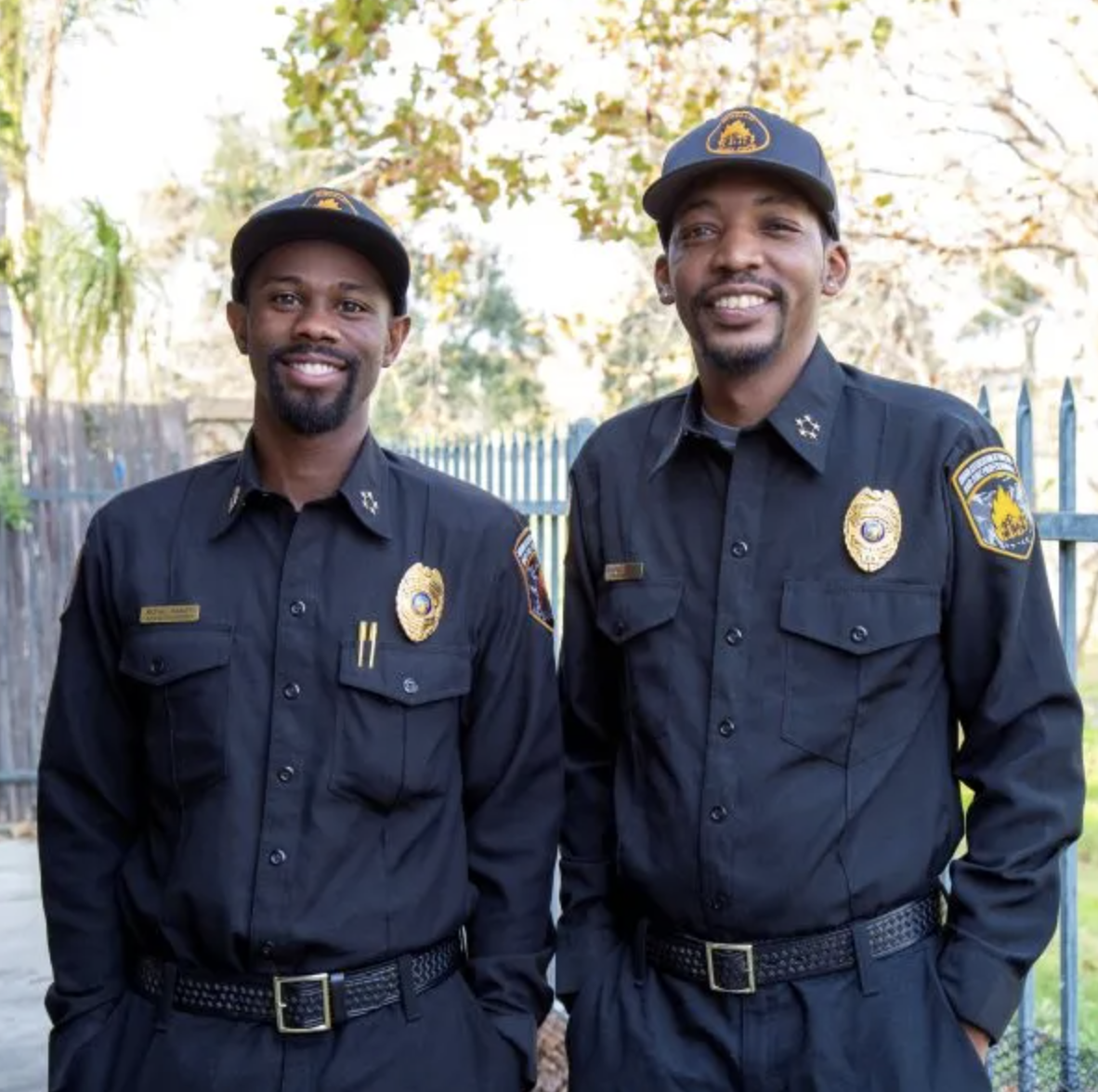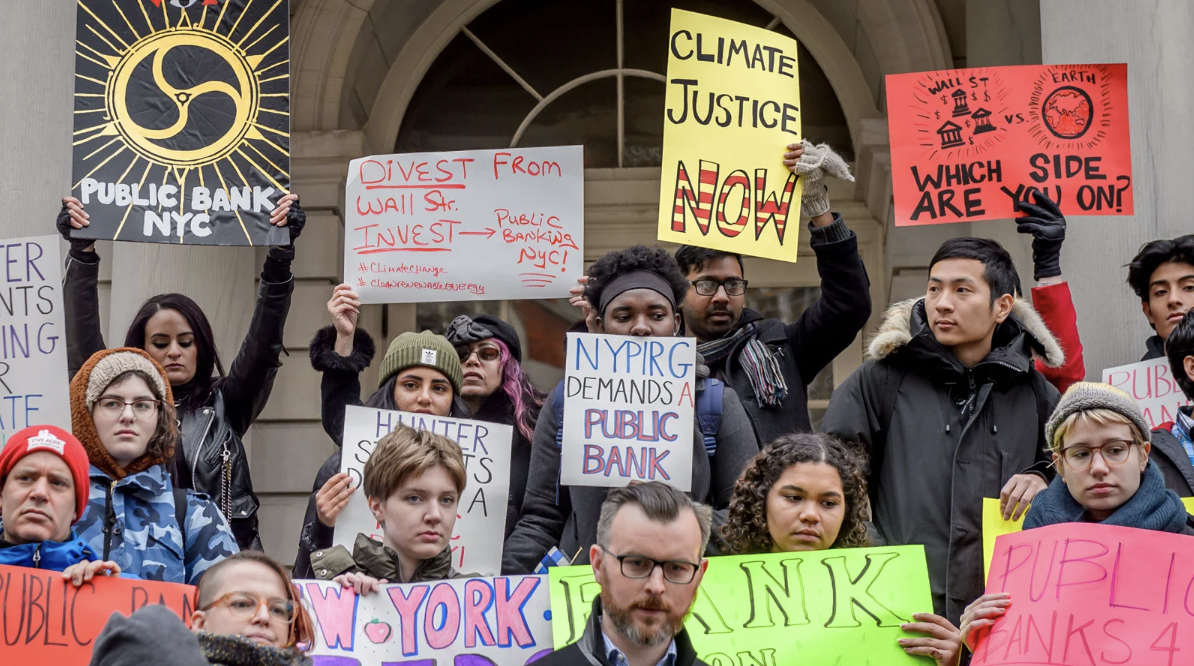How can mangroves help turn the tide against climate change?
How can mangroves help turn the tide against climate change?
By Kate Silver, Rotary
photos usable except. word count: 1482 words
When Lindy Knowles thinks back to his childhood in the Bahamas, a particular tree is the backdrop of his best memories: the mangrove. Spindly, with twisted roots, mangroves thrive in tidal areas around the islands, including a creek near his grandmother’s house. Knowles learned to fish among the forests, which are home to conch, lobsters, and a variety of fish; he learned to swim in the calm waters around the trees, their roots buffering him from ocean waves.
For a kid like Knowles, mangroves meant adventure. “It was just part of my upbringing,” he says.
For coastal communities like those in the Bahamas, mangroves mean stability and protection. They’re a safe harbor for hundreds of creatures. And they help protect communities from threats associated with climate change, including worsening storms, rising sea levels, and erosion. They’re important for those living far from a coastline, too: Mangrove forests are an important tool in combatting climate change. Compared with other forests, the mangrove ecosystem has a superior ability to store carbon, and that can help slow the warming of the planet.
But mangroves are disappearing. When Knowles, now 37, looks around the islands, he can see beach houses, condos, hotels, and parking lots where mangroves used to be. “We do like marinas,” he says. The island of New Providence, for example, has lost an estimated 57 percent of its mangroves since the 1940s, mainly to development.
Mangroves have also been devastated by hurricanes. In 2019, Hurricane Dorian damaged an estimated 73 percent of the mangroves on Grand Bahama and 40 percent on the Abaco Islands. And the Bahamas is in no way unique. Studies indicate that between 1980 and 2000, at least 35 percent of the world’s mangroves were destroyed.
Knowles is trying to change that, one seedling at a time. His love of mangroves led to his career as the senior science officer with the Bahamas National Trust, a nonprofit organization that manages the national park system and oversees conservation and restoration efforts. In his role, he works to protect and rebuild marine systems, and his success depends on the help of community members to care for the land and to educate others.
Fortunately, Knowles is not alone. In June 2020, Rotary, a global service organization with 1. 4 million members, made protecting the environment its newest area of focus. Rotary’s goal is to link interested clubs with nongovernmental organizations already focused on mangroves, so that they can collaborate.
At COP26, the 26th United Nations Climate Change Conference in Glasgow, Scotland, in November 2021, Rotary International President Shekhar Mehta announced that mangrove restoration will be a focus of Rotary’s environmental work. “The impact of climate change is rising sea levels, tornadoes, and cyclones,” he said. “And the best and first defenders in tropical, coastal communities are the mangroves.”
Christopher Puttock, a member of the Rotary Club of College Park, Maryland, is a botanist with a deep appreciation for mangroves. He began researching this type of flora early in his career, while working at the University of New South Wales in Sydney. Mangroves, of which there are about 70 species, grow in tropical and subtropical areas, like Africa, South Asia, Australia, and South America. In the United States, the greatest concentrations of mangroves are in southern Florida, where kayakers can paddle through mangrove tunnels that dot the Gulf and Atlantic coasts.
Puttock says the global threats to mangroves have been many: Often, mangrove forests are gutted and turned into shrimp farms. They’re lost to agricultural and industrial development, cut down for firewood or construction materials. And that development is crowding them out as humans strive to live and vacation ever closer to the coast.
Mangroves are unique not just for their stilt root appearance, as seen with a common species called Rhizophora mangle, or red mangrove, but also for their hardiness and their ability to survive in hot, salty, muddy conditions.
Knowles has seen the power of those roots. The Bahamas is a vulnerable chain of islands, so the roots of plants and trees play a crucial role in its survival. In 2016, when Hurricane Matthew swept through the Caribbean, Knowles saw the impact of a storm surge that powered through Bonefish Pond National Park. It was nearly 6 feet high and strong enough to lift a schoolroom-sized pavilion off its pilings and move the entire structure. Thanks to a grove of mangroves, the farmland behind the park remained unscathed.
And then there’s the mangrove’s superpower: its ability to store carbon within its own ecosystem. Mangroves live on top of peat swamps — think mud mounds — that have been accumulating for centuries. The creatures that live in the surrounding water and mud, like worms, shrimp, lobsters, and fish, take the mangrove leaves and detritus, which absorb carbon, down into the mud and sand. There, that matter gets locked in place under the mangrove in a kind of natural storage vault.
When you consider all the benefits, perhaps it’s no surprise that there is now a rallying cry for mangrove restoration. But as Puttock cautions, these efforts must be coordinated and based in science to be sustainable. In other words, this isn’t a situation where everyone, everywhere should step in and plant mangroves in their communities. “When we’re just going around and collecting seedlings and thinking they can be put into any sort of mud anywhere, we’re almost doomed to failure,” he says. “The mangrove knows where it needs to be; we don’t.”
Martin Zimmer is a professor who leads the mangrove ecology working group at the Leibniz Center for Tropical Marine Research in Bremen, Germany. He explains that the right species of mangrove must be planted in the proper location, within a community where people support the work. Otherwise, the efforts are wasted. “There are many examples that we know from mangrove replanting activities that were high up in the media, in local or regional press, hundreds of people planting, sticking little mangrove seedlings into the mud of a mud flat,” says Zimmer. “And that looks very good, but then after a couple of weeks, a month, if you went there again you would not find them anymore, because they would be lost, they would be washed away. And if they were not washed away, they would probably die very soon because this was just not the right environment.”
Zimmer is quick to point out that his aim isn’t to discourage planting, but rather to encourage proper planting designed around long-term goals and community buy-in.
One of the many struggles that mangrove advocates face is convincing others that wetlands are not wastelands. Knowles says that for decades, locals saw the wetland area now known as Bonefish Pond National Park, located in the southern part of New Providence Island, as a wasteland. At 1,235 acres, it is the largest intact marine ecosystem in the region, but it was covered in garbage: abandoned cars, an old roof, cement blocks, you name it. In 2002, the Bahamian government took over, establishing it as a national park. The Bahamas National Trust drew up a 30-year plan for the area, which involved cleaning it up, digging ditches to improve water flow, and planting thousands of mangrove plants. In time, the hope is that the new plantings will be indistinguishable from the old growth.
Knowles remembers the cleanup days well: All told, he estimates they removed 30 tons of trash. “You know the saying you get everything but the kitchen sink?” he says. “I’ve removed everything from that area, including a kitchen sink.”
His team depends on the physical and financial assistance of nonprofits and volunteers in the community to help with projects like this. That’s how the Rotary Club of East Nassau, which has a longstanding relationship with Bahamas National Trust, learned that volunteers were needed for the Bonefish Pond project. In 2017, a representative with Bahamas National Trust spoke to the club about some of its ongoing restoration. Eager to help in environmental projects, the club participated in two planting events with other Rotary clubs in the Bahamas.
For Knowles, the newfound interest in mangroves has meant more attention and more plantings: In years past, he led one mangrove planting a year; since last summer, he has already led five. It also gives him hope. “No matter how much we try to differentiate the global north or the global south, it’s still one planet,” he says. “We all really have to work together to achieve some semblance of success.”
Today, visitors to Bonefish Pond National Park find a wasteland-turned-wetland that residents cherish. Families walk along a boardwalk that’s raised above the flora, to a calm creek that’s protected by mangroves. Smiling and laughing, they snorkel, kayak, and take in the beauty, so recently restored.
And it’s the kind of backdrop that Knowles grew up with, now protected for future generations to enjoy. “Lo and behold,” he jokes. “Mangroves are sexy.”






